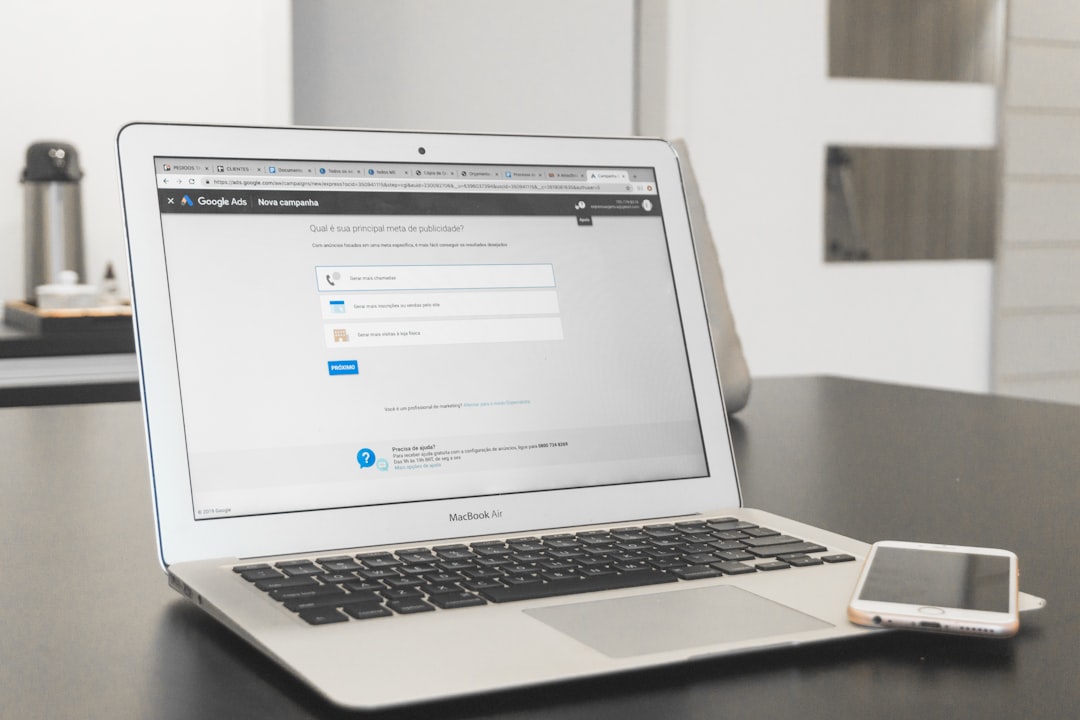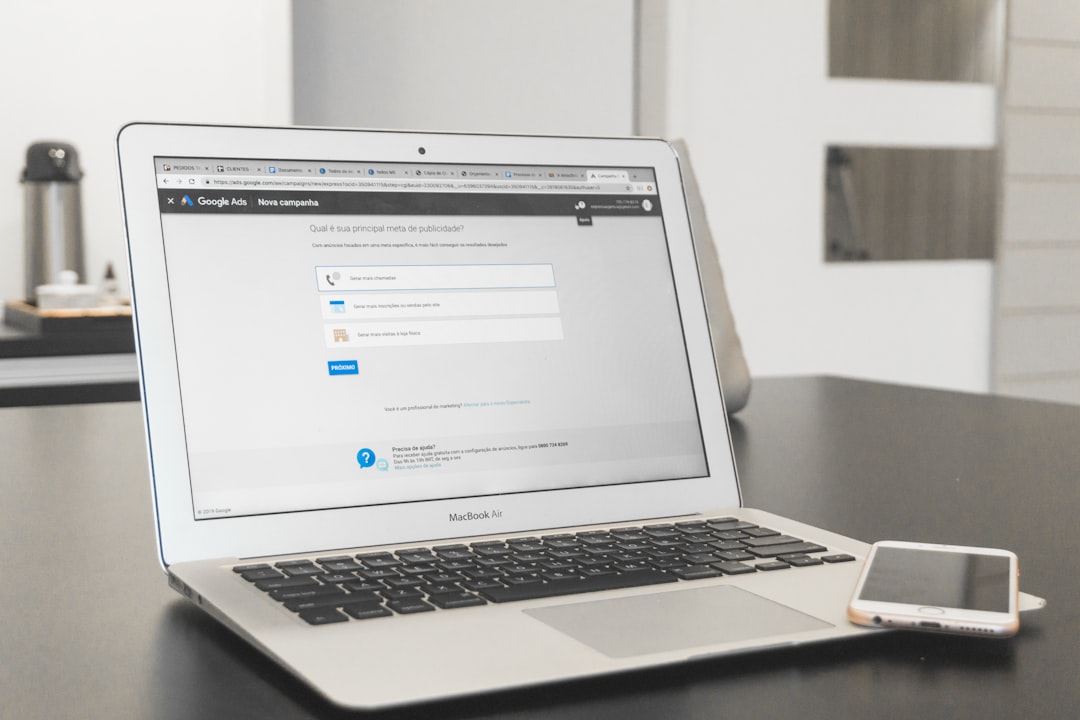In a digital era where email marketing remains one of the most cost-effective tools for customer engagement, ensuring that emails land in the inbox and not the spam folder is crucial. Improving email deliverability can significantly impact open rates, conversion rates, and overall marketing ROI. This article explores strategies, best practices, and tools that marketers and business owners can use to enhance their email deliverability successfully.
Understanding Email Deliverability
Email deliverability refers to the ability of an email message to arrive in the intended recipient’s inbox. It’s not just about whether the email is delivered, but whether it ends up in the primary inbox rather than the promotion tab or, worse, the spam folder. Many factors affect deliverability, including sender reputation, email content, technical authentication, and recipient engagement.
Top Tips to Improve Email Deliverability
Improving email deliverability involves a combination of technical setups and content best practices. Below are the most effective and actionable tips:
1. Authenticate Your Email Domain
Using proper authentication protocols can significantly boost your credibility as a sender.
- SPF (Sender Policy Framework): Defines which IP addresses are allowed to send emails on behalf of your domain.
- DKIM (DomainKeys Identified Mail): Ensures that an email hasn’t been tampered with in transit.
- DMARC (Domain-based Message Authentication, Reporting & Conformance): Builds on SPF and DKIM to provide instructions to email servers on how to handle unauthorized emails.
Setting these up properly shows mailbox providers (like Gmail and Outlook) that you’re a legitimate sender.
2. Keep a Clean Email List
Regularly cleaning your mailing list is essential. Remove inactive subscribers, bounced emails, and spam complaints. Low engagement and high bounce rates tell ISPs that your emails may be unwanted.
- Use double opt-in procedures during email capture to verify interested subscribers.
- Segment users based on activity and tailor re-engagement campaigns before removing them.
3. Monitor Sender Reputation
Your sender reputation is like your credit score — the higher it is, the more likely your emails will reach inboxes. Tools like Google Postmaster Tools, SenderScore, and Talos Intelligence can help track reputation metrics.
Maintain your reputation by:
- Keeping complaint rates below 0.1%
- Sending relevant content consistently
- Avoiding spammy words and exaggerated formatting

4. Avoid Spam Triggers in Content
Mailbox providers use content filters to scan email body and subject lines. Avoid common spam triggers such as:
- Excessive use of all caps or multiple exclamation marks
- Using phrases like “Buy now”, “Make money fast”, or “Free!!!”
- Too many images relative to the amount of text
Maintain a balanced text-to-image ratio and ensure your emails are mobile-friendly and well-structured.
5. Maintain Consistent Sending Volume and Frequency
Sudden spikes in email volume from a domain can raise flags. It’s better to maintain a consistent schedule and gradually increase volume as your list grows.
If launching a new campaign, consider using warm-up tools or staggered sending schedules to avoid being flagged by spam filters.
6. Make Unsubscribing Easy
This may seem counterintuitive, but making it easy to unsubscribe helps keep your list healthy and improves engagement rates. If users can’t find or use the unsubscribe link, they may mark your email as spam — a severe penalty in the email ecosystem.
7. Use a Reputable Email Service Provider (ESP)
Reliable ESPs like Mailchimp, Sendinblue, and ActiveCampaign offer built-in deliverability features, tracking metrics, and authentication settings. They also maintain strong relationships with ISPs, which improves your chances of hitting the inbox.
Tools That Can Help Improve Deliverability
Several tools are designed specifically to monitor, troubleshoot, and optimize your email deliverability:
- Mail-Tester: Run your email through this tool to get a spam score and identify issues.
- GlockApps: Test inbox placement, spam folder appearance, and authentication status before sending a large campaign.
- MXToolbox: Helps analyze domain health, blacklist status, and server configurations.
- Postmark: Offers high levels of email deliverability for transactional emails.

The Role of Engagement Metrics
ISPs track how recipients interact with your emails. Actions such as opening, clicking, replying, and forwarding are positive signals. On the other hand, deleting without opening or marking as spam decreases your reputation.
Maximize engagement by:
- Writing compelling subject lines
- Personalizing the content using recipient names and preferences
- Sending at optimal times based on time zones and previous data
Advanced Tactical Strategies
For marketers who are already following the basics, consider the following advanced deliverability tactics:
- Use subdomains for different email types: e.g., marketing.yourdomain.com vs. support.yourdomain.com, which helps isolate reputational risks.
- Implement BIMI (Brand Indicators for Message Identification): This visual brand authentication increases email trust and engagement.
- Back up engagement with automation: Use behavior-based triggers to automatically send highly relevant messages.
Conclusion
Email deliverability isn’t just a technical checkbox — it’s a fundamental component of a successful email marketing strategy. From authenticating your domain to writing compelling content and monitoring engagement, the steps outlined above are critical to ensuring your emails consistently land in your subscribers’ inboxes. Invest in the right tools, follow best practices, and treat deliverability as an ongoing priority rather than a one-time task.
Frequently Asked Questions (FAQ)
- Q: How do I check if my domain is blacklisted?
A: Use tools like MXToolbox or MultiRBL to scan your domain against popular blacklists. - Q: How often should I clean my email list?
A: At least every 3–6 months, though more frequently for large campaigns or highly active lists. - Q: What’s a good email open rate?
A: It varies by industry, but typically 20–25% is considered healthy. Low open rates may indicate deliverability issues. - Q: Should I use a dedicated IP address for sending emails?
A: Yes, if you’re sending large volumes, a dedicated IP helps isolate your reputation. For smaller senders, a shared IP with a reputable ESP can suffice. - Q: What is email warm-up and is it necessary?
A: Email warm-up is gradually increasing your email volume to build a good sender reputation. It’s essential when you’re using a new IP or sending domain.
